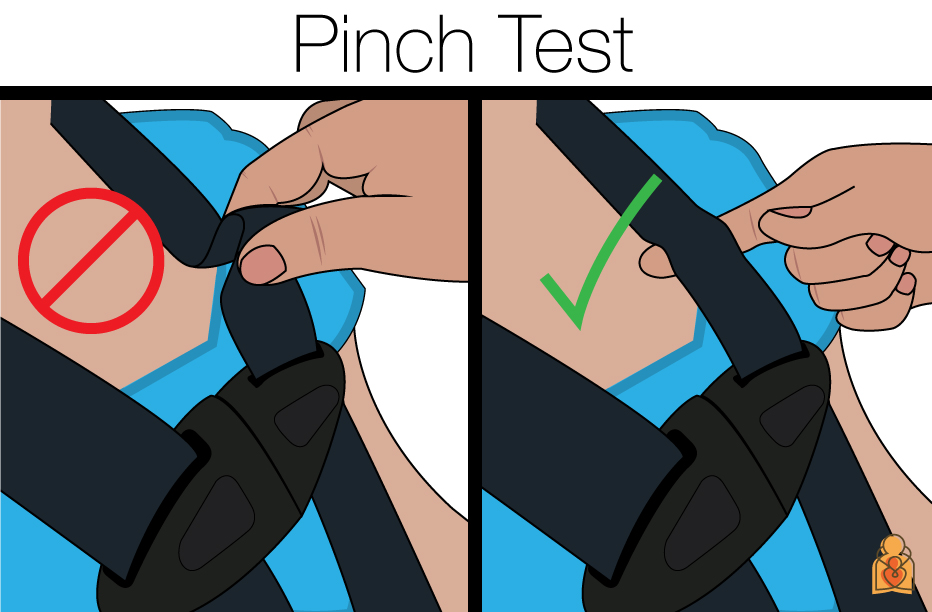https://springvalleypediatrics.net/wp-content/uploads/2017/02/Stork.png
2048
1582
Mitch
https://springvalleypediatrics.net/wp-content/uploads/2017/01/Spring-Vallery-Pediatrics-300x93.png
Mitch2017-02-09 17:15:442017-07-20 18:49:27Stork's Childbirth Education Classes Start February 13th
https://springvalleypediatrics.net/wp-content/uploads/2016/12/Robert-McDowell-Jr-MD_square.jpg
430
430
Mitch
https://springvalleypediatrics.net/wp-content/uploads/2017/01/Spring-Vallery-Pediatrics-300x93.png
Mitch2017-01-28 09:18:152017-10-30 22:18:54Dr. McDowell announces his retirement
https://springvalleypediatrics.net/wp-content/uploads/2017/01/ENDO-Diabetes-Wellness.jpg
300
391
Mitch
https://springvalleypediatrics.net/wp-content/uploads/2017/01/Spring-Vallery-Pediatrics-300x93.png
Mitch2017-01-28 06:23:032017-10-30 22:19:01We are pleased to welcome Dr. Nicolas Cuttriss pediatric endocrinologist
https://springvalleypediatrics.net/wp-content/uploads/2017/01/the-storks-childbirth-education.jpg
315
353
Mitch
https://springvalleypediatrics.net/wp-content/uploads/2017/01/Spring-Vallery-Pediatrics-300x93.png
Mitch2017-01-07 07:31:282017-07-20 18:46:21The Storks are coming to Spring Valley Pediatrics
https://springvalleypediatrics.net/wp-content/uploads/2017/01/Preventing_Peanut_Allergy_65729small.jpg
321
330
Mitch
https://springvalleypediatrics.net/wp-content/uploads/2017/01/Spring-Vallery-Pediatrics-300x93.png
Mitch2017-01-07 07:26:462017-10-30 22:19:08Giving peanut-based foods to babies early prevents allergies
https://springvalleypediatrics.net/wp-content/uploads/2017/01/pexels-photo-54200.jpeg
750
1185
Mitch
https://springvalleypediatrics.net/wp-content/uploads/2017/01/Spring-Vallery-Pediatrics-300x93.png
Mitch2017-01-06 13:26:382017-07-20 18:46:34Winter Safety Tips
https://springvalleypediatrics.net/wp-content/uploads/2017/01/wintercarseat_articleimage.jpg
212
375
Mitch
https://springvalleypediatrics.net/wp-content/uploads/2017/01/Spring-Vallery-Pediatrics-300x93.png
Mitch2017-01-06 11:23:042017-07-20 18:46:42Winter Car Seat Safety Tips from the AAP
https://springvalleypediatrics.net/wp-content/uploads/2017/01/Spring-Valley-Pediatrics-22.jpg
579
800
Mitch
https://springvalleypediatrics.net/wp-content/uploads/2017/01/Spring-Vallery-Pediatrics-300x93.png
Mitch2017-01-05 13:50:062017-10-30 22:19:15Surviving the Stomach Bug: Truths & Tips for Parents
https://springvalleypediatrics.net/wp-content/uploads/2017/01/P-holidaySafe.jpg
158
436
Mitch
https://springvalleypediatrics.net/wp-content/uploads/2017/01/Spring-Vallery-Pediatrics-300x93.png
Mitch2017-01-05 11:31:292017-07-20 18:46:52Making the Holidays Safe
https://springvalleypediatrics.net/wp-content/uploads/2017/01/spring-valley-pediatrics-HNY.png
800
800
Mitch
https://springvalleypediatrics.net/wp-content/uploads/2017/01/Spring-Vallery-Pediatrics-300x93.png
Mitch2017-01-01 10:32:242017-07-20 18:47:01Happy New Year!


 To my patients and their families-
To my patients and their families-
 DR. NICOLAS CUTTRISS
DR. NICOLAS CUTTRISS The Storks found a new home. Classes coming at Spring Valley Pediatrics, PLLC in 2017!
The Storks found a new home. Classes coming at Spring Valley Pediatrics, PLLC in 2017! 